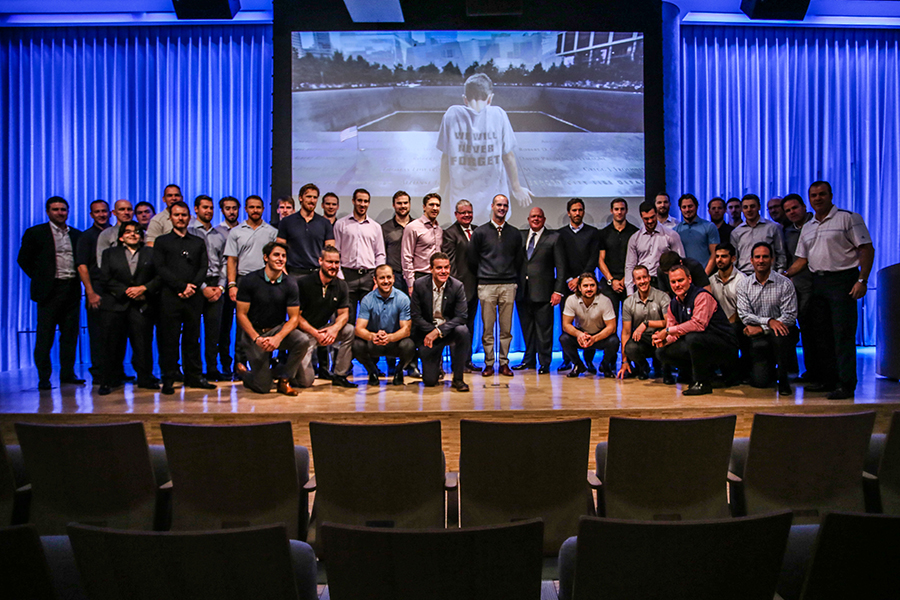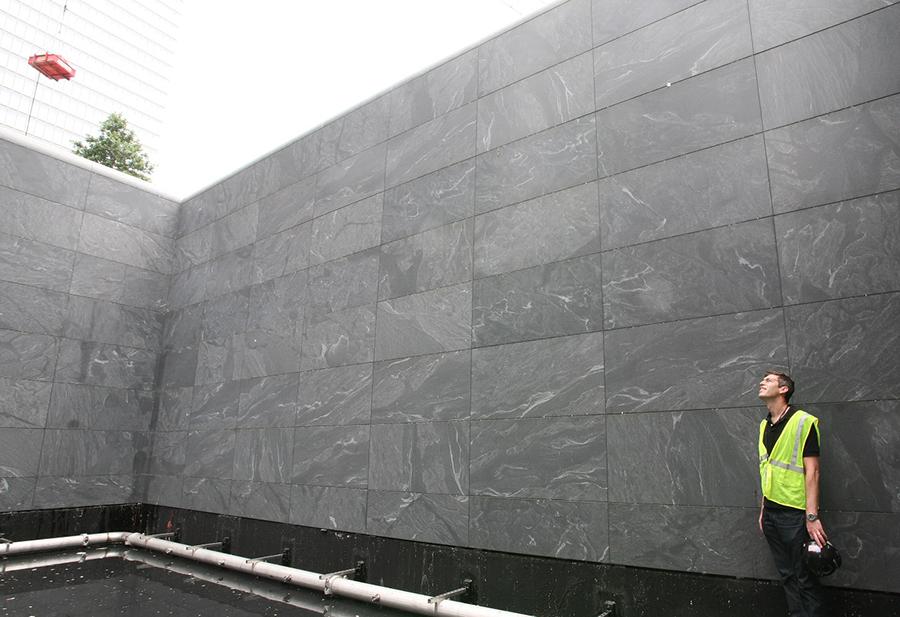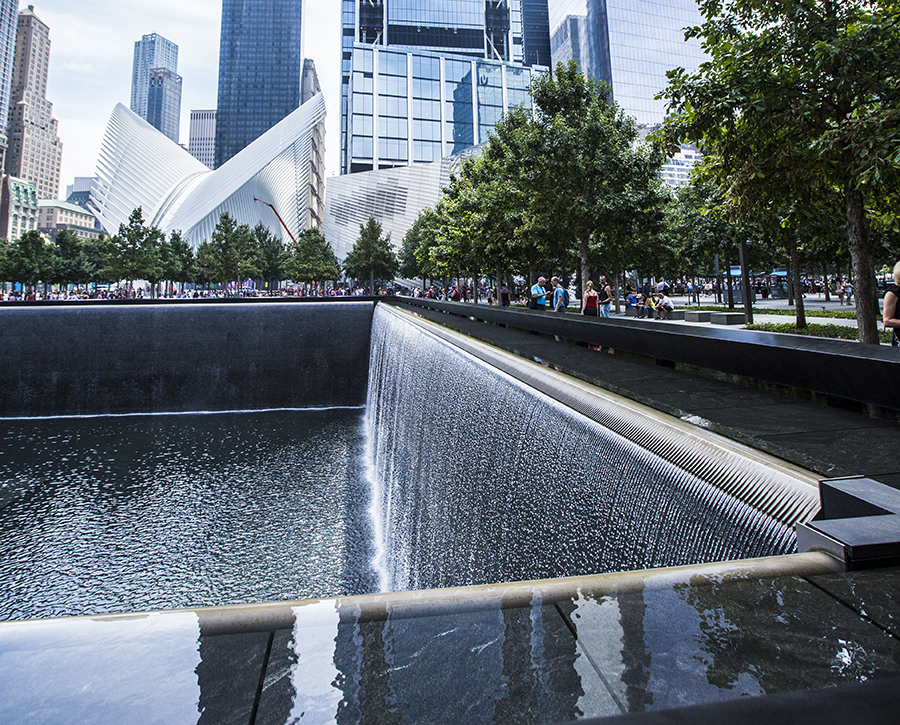Tomorrow evening, the architect of the 9/11 Memorial, Michael Arad, joins a panel to discuss the relationship between architecture and remembrance. Arad will be joined by the architects of the Pentagon and Shanksville, Pa., memorials, respectively Paul Murdoch and Julie Beckman. The talk, titled “The Architecture of Remembrance,” is part of the fall programming schedule at the 9/11 Memorial Museum. It is also a feature program of Archtober, a month-long festival of architecture activities, programs and more held this month. To attend the free program tomorrow, please RSVP.
In Feb. 8, 2010, Arad sat down for an oral history and talked about what led him to formulate his design for a 9/11 memorial he called “Reflecting Absence” before there was an official design competition. Here is an excerpt from that recording given by 9/11 Memorial Museum oral historian Amy Weinstein.
Arad: I had this idea for a memorial that kept eating away at me and I just had to explore it further. For some reason I thought about a memorial actually out in the Hudson River. . . I had this idea of these two voids that would be carved or cut or break the surface of the river, and water would spill into them and these voids would never fill up. This sense of something being torn apart and not mending. That despite all this water that flows into these voids they would never disappear and that sense of absence that I felt was persistent and made visibly persistent.
I ended up figuring out a way to design this fountain that I imagined out in the Hudson River. I thought it is one thing to imagine it and sketch it and draw it, I really had to build a little model to see what it would look like in physical form…
I remember the very first moment when we sort of plugged it in and filled it up and all of a sudden I could see that image of the surface of the water broken by those two voids. It was a very gratifying and exciting moment for me. But I set it aside. Actually, I took it home, brought it back up to my rooftop. Took a few pictures of it with the skyline of the city beyond, reflected on the surface of the fountain and these voids in the surface of the fountain. It was very much as I imagined the view might be from New Jersey looking across toward New York, with these voids in the river and the skyline beyond, and the absence in the skyline being made manifest in some way in the surface of the river.
I had this model and I had those pictures and I really didn’t know what to do with it. I set it aside and came back to it maybe a year later, or a few months later, when the competition for the actual memorial site was announced.
By 9/11 Memorial Staff


